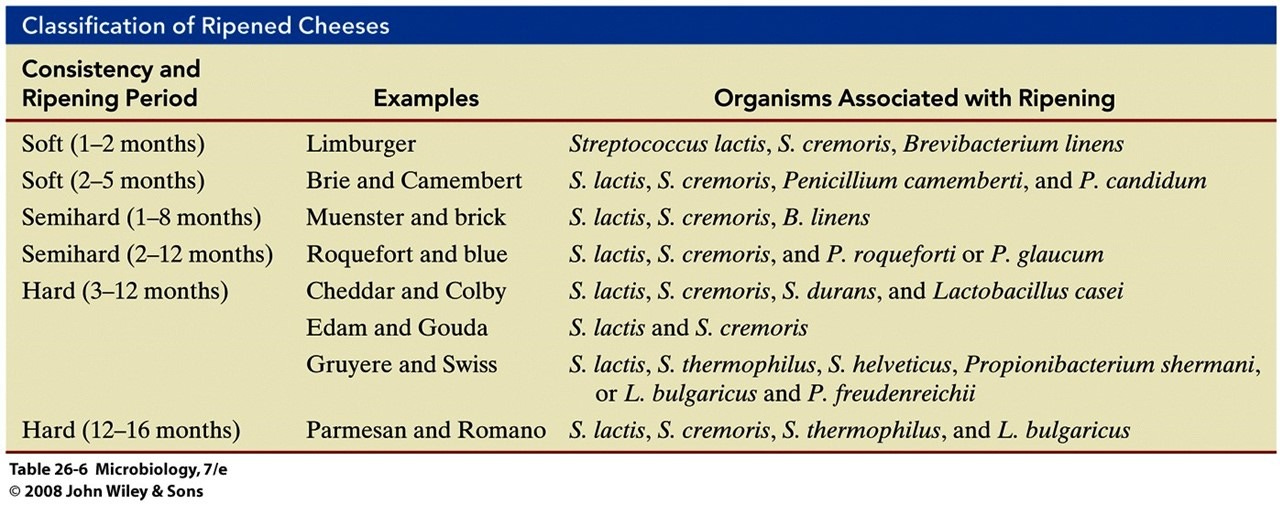Fall is for Fermentation
Did you know that you can create your own probiotic-rich foods at home?
Upcoming Events
Join me this weekend at the inaugural IDEAS FESTIVAL EMORY! Held at Emory’s Oxford campus, this weekend event is 100% FREE and OPEN TO THE PUBLIC! I’ll be speaking TOMORROW on Saturday, 9/21 AT 2:45 PM, followed by a book signing. Plus the Emory Herbarium team will also be there Saturday and Sunday (9/21-22) to share all the cool things we do in plant research and education at Emory! Secure your free ticket by registering here.
In the Headlines
I was quoted in this article: As The World’s Biodiversity Shrinks, Medicinal Innovation Stalls. The world’s biodiversity is in decline just at the time we need it most to shore up resources in support of human food and medicine systems.
Interested in learning more about the latest biodiversity studies? I recommend this Substack newsletter by Dr. Mike Shanahan:
Fall is for Fermentation
Move over pumpkin spice lattes and make room for the fermented veggies! Fall is a time to celebrate the harvest and think about how to best extend the shelf life of those nutritious vegetables. I’ve had fermentation on my mind of late as we just covered a unit on it in my “Food, Health and Society” course at Emory.
When you think of fermented foods, visions of sour dough bread, beer, and yogurt may come to mind, but there are so many more fermented foods that you can easily make at home.
Take, for instance, brine-fermented vegetables. These are simple and affordable to make, requiring only a jar (I like to use a mason jar), salt, veggies, water, and time. I demonstrated a simple recipe in class, stuffing cucumber, garlic, and fresh dill into a mason jar, adding a spoon of sea salt, covering it in water, and then topping it off with a Perfect Pickler lid with air release apparatus. The lactic acid fermenting microbes found naturally on the vegetables thrive in this slightly salty solution, while other pathogenic (harmful to health) microbes cannot survive.
After just a few days, the jar was cloudy with a booming population of live microbes busy transforming the vegetables into pickles. In a few more days the cucumbers will reach just the right amount of sourness due to the increase in pH from the accumulation of lactic acid. The resulting end product will be packed with flavor and naturally occurring probiotic microbes that are great for gut health!
What is fermentation?
Fermentation involves the conversion of carbohydrates to alcohols and carbon dioxide or organic acids (i.e., ethyl alcohol, lactic acid, or other organic compounds) using yeasts, bacteria, or a combination thereof, under anaerobic conditions.
What does fermentation do to food ingredients?
Alters the physical qualities:
Taste
Texture
Color
Smell
Often improves nutritional, preventive and therapeutic benefits compared to the unfermented version of the raw ingredient.
Transforms raw resources into value-added products, changing the role of the food in the cuisine.
How do different microbes craft the final product?
The mixture of microbes makes all the difference when transforming a raw ingredient into a value-added food product. Take for instance, milk. The transformation of milk into cheese through the fermentation and ripening process can go many different directions depending upon the microbes being used. Soft cheese like Brie relies on a mixture of Streptococcus and Penicillium microbes doing their work over a short period of a few months, whereas the harder Parmesan cheese ripens over more than a year and is transformed by a mixture of Streptococcus species and Lactobacillus bulgaricus.
More Resources
If you’d like to try fermenting foods at home, there are many great resources to help you get started. I’ve had the pleasure of speaking with some wonderful guests on my podcast about this topic. Here are just a few of my favorite episodes on how to ferment foods:
I also encourage you to check out these Substack newsletters for great recipes and tips:
Happy fermenting!
Yours in health, Dr. Quave
Cassandra L. Quave, Ph.D. is a Guggenheim Fellow, CNN Champion for Change, Fellow of the National Academy of Inventors, recipient of The National Academies Award for Excellence in Science Communication, and award-winning author of The Plant Hunter. Her day job is as professor and herbarium curator at Emory University School of Medicine, where she leads a group of research scientists studying medicinal plants to find new life-saving drugs from nature. She hosts the Foodie Pharmacology podcast and writes the Nature’s Pharmacy newsletter to share the science behind natural medicines. To support her effort, consider a paid or founding subscription or donation to her lab research.











Thank you! Yes fall is for fermentation so that winter is wealth.